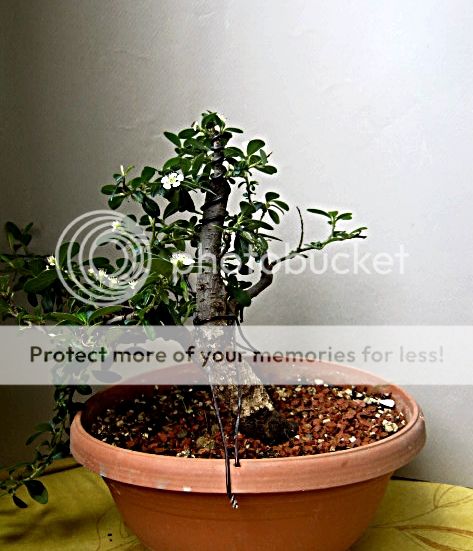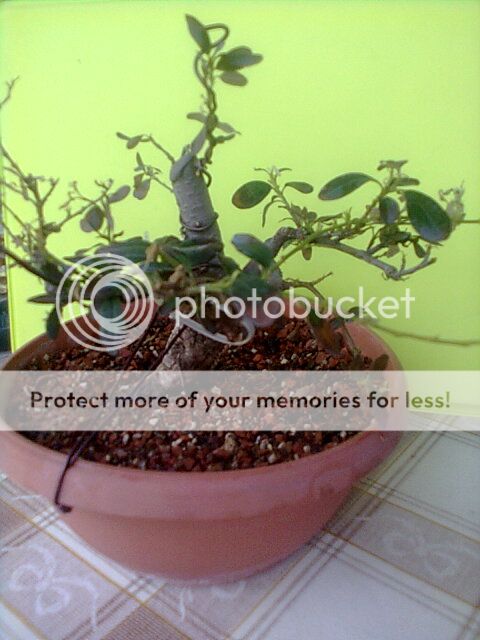my nellie
Masterpiece
My Cotoneaster has been affected by the last heat wave.
Some of the leaves were burned and the new shoots were shrivelled.
Moreover there was an attack by spidermites starting, so I sprayed the tree with an acaricide.
I have also removed all the affected leaves BUT the tree continues to decline, i.e. the leaves are getting dark brown from the tips and upwards.
Is this a problem of the roots? Some fungal attack?
This is how the tree was last May

And these are some photos of its current situation. I apologize for the poor quality of images but had not other than a mobile camera at the time...




The second spraying with acaricide is due to be done the next days BUT temperature is still very high 38-39 C (100,4-102,2 F)
If I was to spray with a fungicide also I could not because of high heat.... What can I do?
Do you have any suggestions?
Perhaps water with @Osoyoung advised peroxide solution?
Thank you in advance for any input!
Some of the leaves were burned and the new shoots were shrivelled.
Moreover there was an attack by spidermites starting, so I sprayed the tree with an acaricide.
I have also removed all the affected leaves BUT the tree continues to decline, i.e. the leaves are getting dark brown from the tips and upwards.
Is this a problem of the roots? Some fungal attack?
This is how the tree was last May

And these are some photos of its current situation. I apologize for the poor quality of images but had not other than a mobile camera at the time...




The second spraying with acaricide is due to be done the next days BUT temperature is still very high 38-39 C (100,4-102,2 F)
If I was to spray with a fungicide also I could not because of high heat.... What can I do?
Do you have any suggestions?
Perhaps water with @Osoyoung advised peroxide solution?
Thank you in advance for any input!
